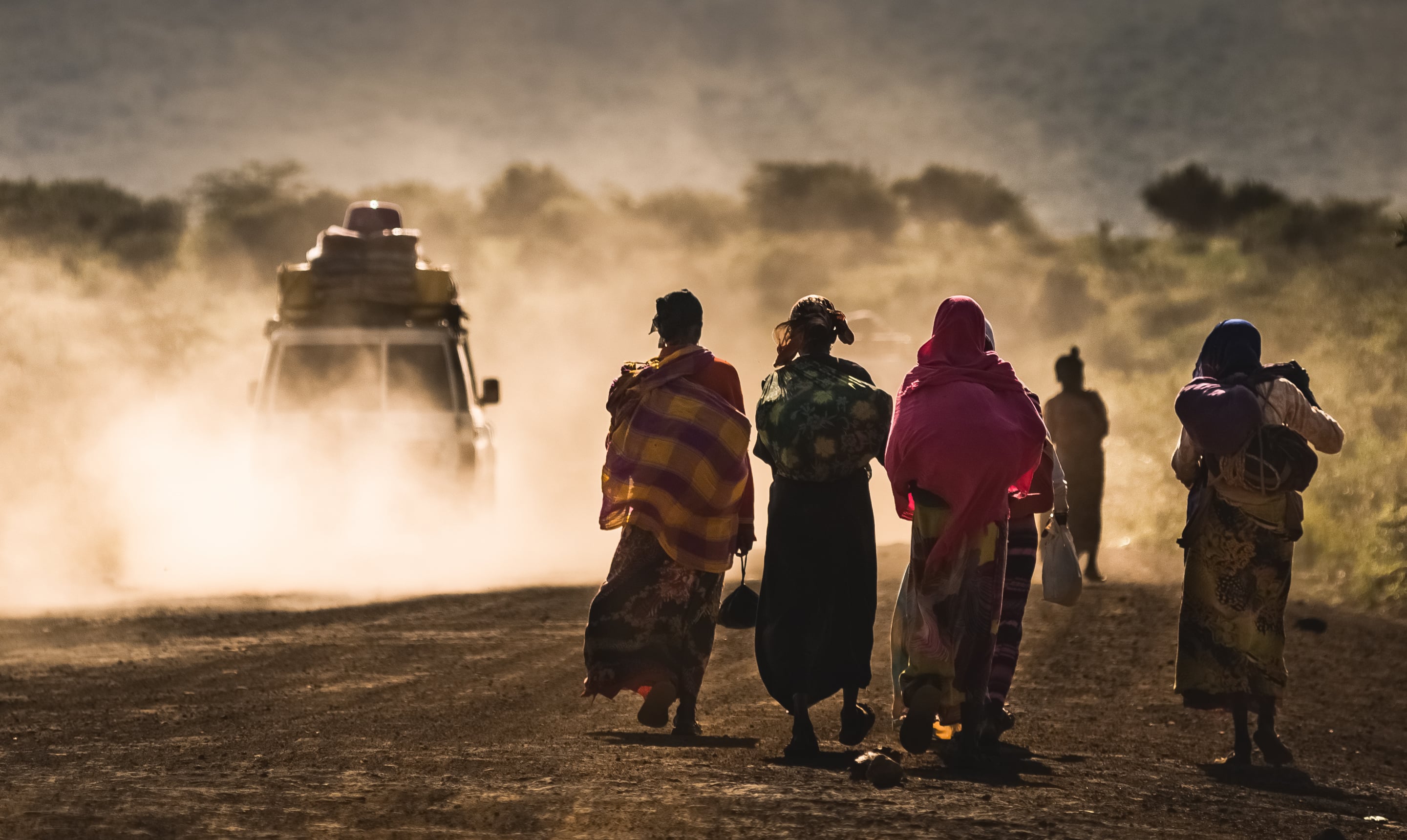In 2015, 88% of global cases and 90% of global deaths occurred in the African Region.
Malaria is a problem in several areas of the world, mainly in a band around the Equator, but approximately 90% of the deaths occur in Sub-Saharan Africa and sadly, 60% of those deaths occur in children under five. Prevention is not easy in areas where there is little recourse to drugs, insecticides and mosquito nets, all of which are effective when used properly, so many populations in Africa, especially in Cote d’Ivoire, Burkina Faso and Angola (the three countries which have the unenviable position as the countries with the highest death rates per 100,000 population in the world) are at serious risk.
What is the current problem for malaria in Africa?
Sickle cell anaemia, a very common congenital haemoglobin anomaly in Africa, is a natural defence against malaria, but unfortunately carries with it is own secondary problems of anaemia, joint problems and possible liver damage in later life.
The anomalous haemoglobin molecule makes the cells take on a sickle shape and become inflexible; this is what causes the joint problems and liver damage as the bad news, but the good news is that cells such as these are not able to be parasitized by the malaria plasmodium, so giving a degree of immunity against this killer. Were it not for the relatively common occurrence of the HbS variant, the deaths from malaria in Sub Saharan Africa would be occurring in even greater numbers.
I want to help to solve this problem


